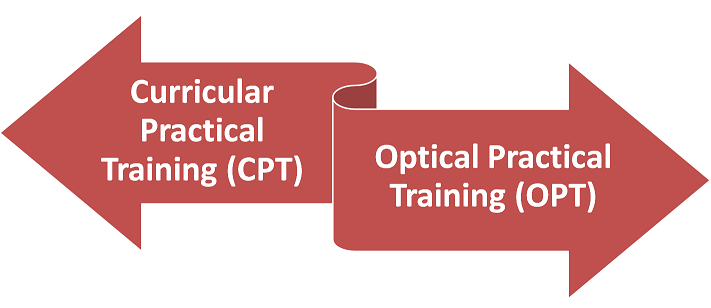
As an educational consultant with Greener Educational Consult, I’ve encountered numerous international students who are eager to gain practical work experience in the United States. Navigating the complexities of U.S. immigration policies can be daunting, but understanding your options for practical training is a crucial step toward achieving your academic and career goals. Today, we’re breaking down two key programs: Curricular Practical Training (CPT) and Optional Practical Training (OPT).
Curricular Practical Training (CPT)
CPT is a type of work authorization that allows international students to gain practical experience directly related to their major field of study. Here’s what you need to know:
- Eligibility: You must be an F-1 visa student who has completed one academic year of study, except in cases where your program requires immediate participation.
- Type of Work: The work experience must be part of your curriculum or academic program. This can include internships, cooperative education jobs, or practicum experiences that are either required for your degree or for which you receive academic credit.
- Duration: There’s no specific limit to how long you can participate in CPT, but full-time CPT for 12 months or more will disqualify you from OPT.
- Application Process: You must secure a job offer related to your field of study and receive approval from your institution’s International Student Office before starting work.
Optional Practical Training (OPT)
OPT is another work authorization that allows international students to work in the U.S. in their field of study. OPT can be used during or after your studies:
- Pre-completion OPT: Allows you to work part-time while school is in session or full-time during breaks, before completing your studies.
- Post-completion OPT: Allows you to work full-time after completing your studies, for up to 12 months.
- STEM OPT Extension: If you graduated with a degree in certain Science, Technology, Engineering, or Math (STEM) fields, you might be eligible for a 24-month extension beyond the initial 12 months of OPT.
- Eligibility: You must have been in F-1 status for at least one academic year and be in good standing with your institution.
- Application Process: Apply through the U.S. Citizenship and Immigration Services (USCIS) with the endorsement of your International Student Office. It’s crucial to apply early, as processing times can vary.
CPT vs. OPT: Key Differences
The main differences between CPT and OPT lie in their purpose and timing. CPT is designed to provide work experience during your program of study, directly related to your major. OPT, on the other hand, is generally pursued after completing your studies, although pre-completion OPT is also an option. Both programs are invaluable opportunities to gain hands-on experience in your field, but they serve different stages of your academic and professional journey in the U.S.

Understanding and taking advantage of CPT and OPT can significantly enhance your educational experience in the United States. These programs not only allow you to gain practical work experience but also help you understand the American workplace culture, expand your professional network, and build your resume. As you navigate your journey as an international student, remember that careful planning and adherence to immigration regulations are key to making the most of these opportunities.
At Greener Educational Consult, we’re here to guide you through every step of this process, ensuring that you have the support you need to succeed. For more information on how to navigate your practical training options, feel free to reach out to us. Let’s make your American dream a reality!